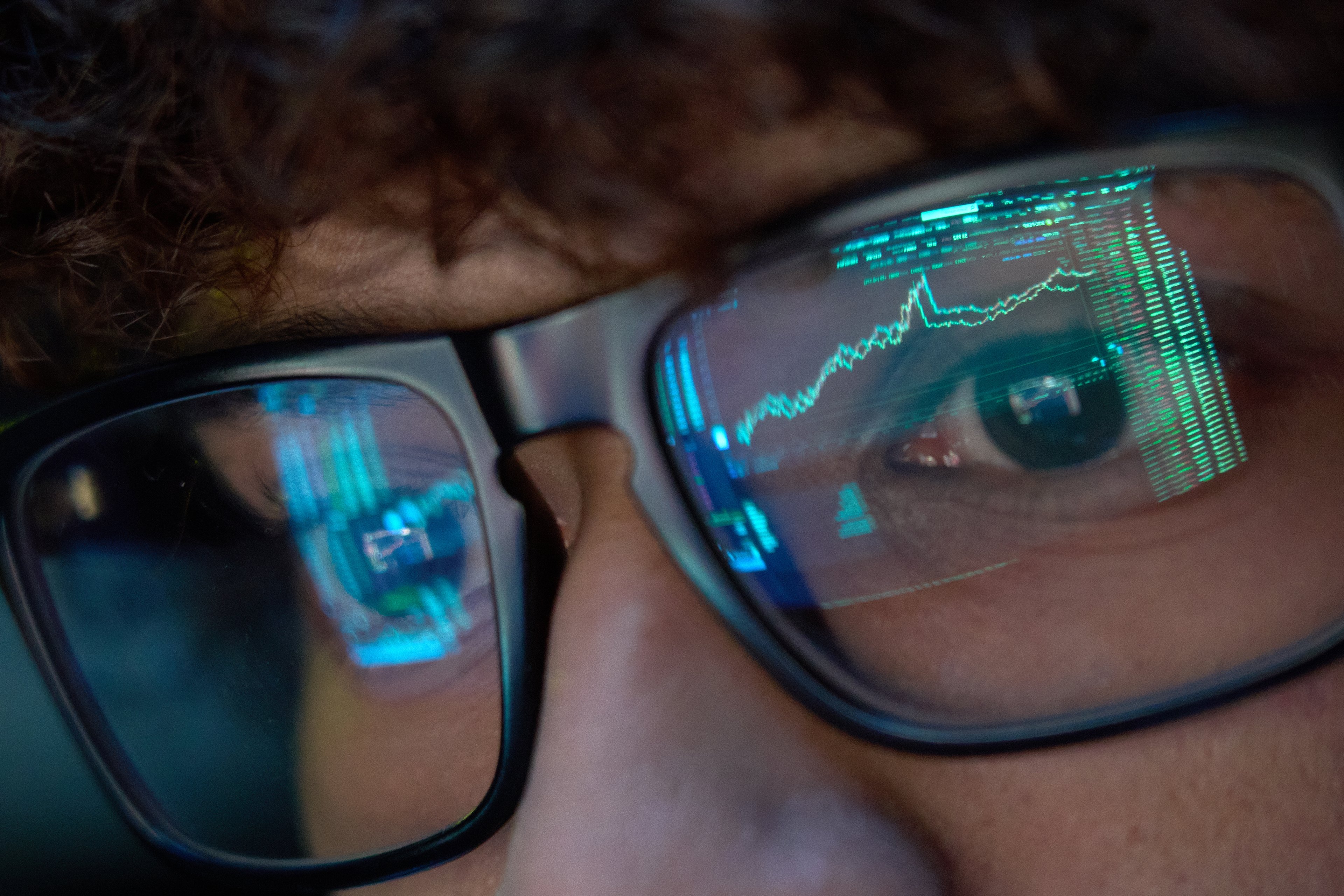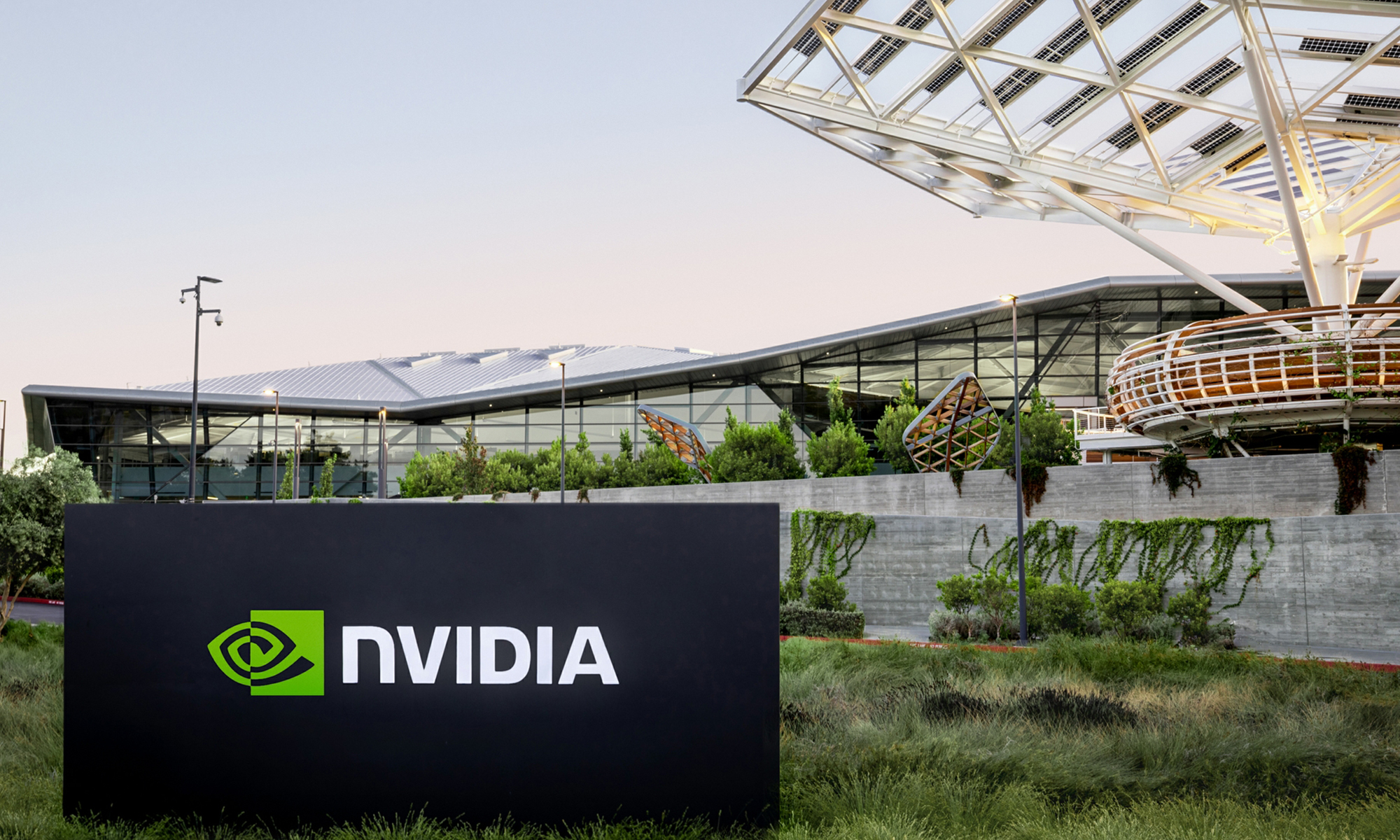At this time last year, NVIDIA's (NVDA +3.93%) cash pile had grown to represent nearly half the value of the whole company. Strong free cash flow combined with a tight-fisted capital allocation policy had caused NVIDIA's cash balance to surge even as earnings pressure weighed on its stock price.
NVIDIA Cash and Investments vs. Market Cap. Data by YCharts.
Last November, NVIDIA finally opened up the vault. The company announced that it would start paying a quarterly dividend for the first time ever, while also restarting its long-dormant share repurchase program. In April, NVIDIA's management quantified the buyback program, stating that it intended to return $1 billion to shareholders between buybacks and dividends during the current fiscal year.
On Thursday, NVIDIA gave its shareholders yet another treat. The company disclosed that it has completed a $750 million accelerated share repurchase, representing most of its buyback activity for the year. Moreover, NVIDIA plans to return another $1 billion between dividends and buybacks in its next fiscal year.
Tidal wave of cash
NVIDIA's abrupt move to return lots of cash to shareholders has definitely supported its stock price over the past year, considering that EPS has been on the decline. It was clear from early this year that 2013 would be a year of waiting for NVIDIA, as many of the company's most promising growth initiatives are going into volume production next year. Quarterly dividends and big stock buybacks gave investors a reason to stick around.
NVIDIA's recently completed accelerated share repurchase brought in 51.5 million shares for a total of $750 million (an average price of $14.56/share). This has allowed NVIDIA to reduce its diluted share count to approximately 578.5 million for the upcoming Q4, down from a high of 628.8 million in Q3 of last year.
Based on the current share price, NVIDIA's share repurchase plans for next year would result in a similar reduction in the share count. Combined, the two years of buybacks will boost EPS by nearly 20% for any given level of profit. NVIDIA also announced on Thursday that it will raise its quarterly dividend payment by 13%, from $0.075 to $0.085.
Outlook improving
Of course, none of these efforts to return cash to shareholders will make NVIDIA a good investment if the company's earnings continue to fall. However, NVIDIA appears to be well positioned for a return to growth next year. The main cause of its poor earnings performance this year was a decision to delay the Tegra 4 processor in order to speed up development of the next-generation Tegra processor and NVIDIA's first processor with an integrated modem.
This decision caused Tegra 4 to ship late, which probably cost NVIDIA some design wins this year. Tegra revenue was down 54.4% year over year last quarter, and down more than 70% year over year in Q2. However, NVIDIA should see a strong bounce back in 2014, as both Tegra 4i and Tegra 5 should come to market in the first half of the year. Both will offer significant improvements over Tegra 4 (in different ways).
Foolish bottom line
NVIDIA's push to grab a piece of the mobile revolution has not been as easy to execute as many investors had expected. Still, the company has been able to invest billions of dollars in R&D over the last five years while still growing its cash pile. Now, NVIDIA is returning a big chunk of that cash to shareholders just when its R&D investments may be about to pay off. The results are likely to be very good for shareholders.








